The cinnabar moth and ragwort
Wildlife expert David Chapman on the beautiful black and red cinnabar moth and the controversial ragwort plant its survival depends on.
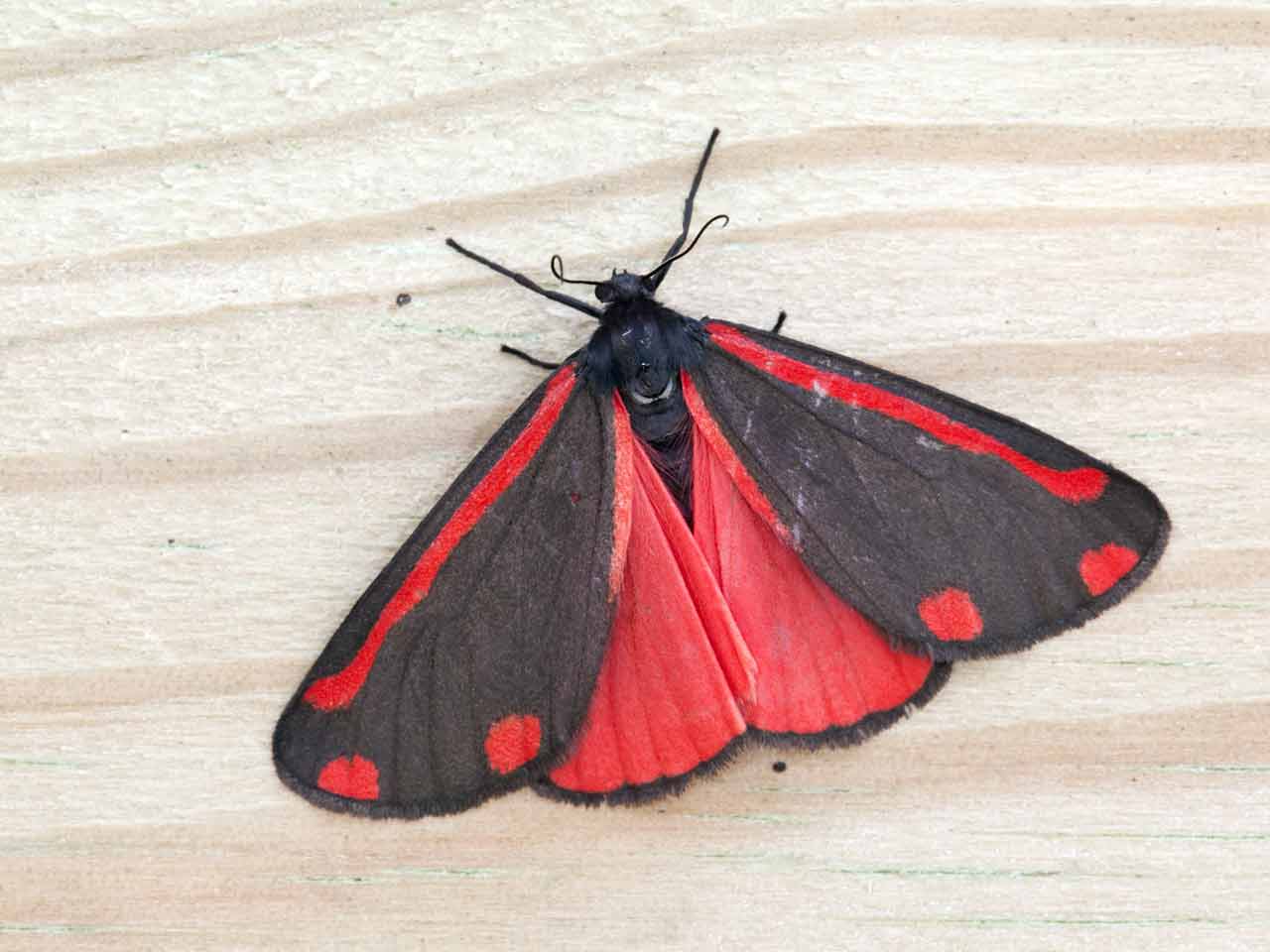
Wildlife expert David Chapman on the beautiful black and red cinnabar moth and the controversial ragwort plant its survival depends on.

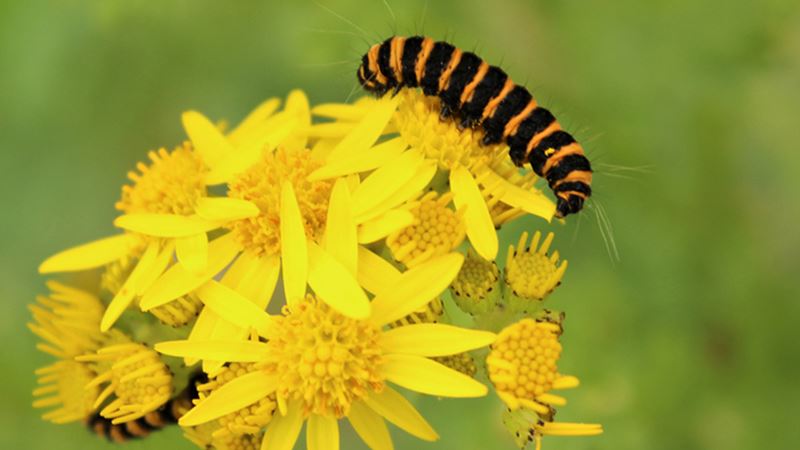
Common ragwort belongs to the same family of flowers as the benign and universally loved daisy. It shares the same flower structure as the daisy since it has lots of tiny flowers packed into a tight head; each head is surrounded by bracts, which resemble petals. The compound nature of this flower head is the reason for the daisy family being called ‘composite’, or ‘Compositae’ to use its scientific title.
Unlike the daisy, the common ragwort is a tall plant and its flower head is entirely yellow. The yellow flowers are borne in clusters, which are usually flat-topped and its leaves are deeply lobed and toothed; they are usually hairy underneath and have a rather unpleasant smell particularly when crushed.
This unattractive smell hints at the ragwort’s sinister side; common ragwort is poisonous to livestock. This doesn’t usually present a problem because most animals avoid eating it but when dried in hay, horses may eat it and the alkaloid toxins in ragwort can lead to liver damage.
The law requires landowners to remove ragwort from land where it might infest a neighbour’s property, but only if a complaint is made. The ragwort is, after all a native plant and has become an integral part of our ecosystem, the cinnabar moth in particular depends entirely upon it and even makes use of its poisonous properties.
The cinnabar moth was named after this association, its scientific name, 'Tyria jacobaeae', derived partly from the scientific name for common ragwort, 'Senecio jacobaea.'
The cinnabar moth lays its eggs in large batches, of up to 150, on the lower leaves of ragwort and when the caterpillars emerge (June to August) they eat their way up the plant. In their early stages the caterpillars are prone to attack from many insects but as they progress they store poison from their host plant in their bodies making them unpalatable to birds and they advertise this fact with bold orange and black stripes.
In August, the mature caterpillars leave the host plant and spin a cocoon in which to hibernate in the soil, at this stage they are sometimes eaten by moles.
They emerge the following summer (May to July) as adult moths when their boldly coloured red and black wings still advertise the poisons they contain making them safe from attack by birds, though crab spiders do take their toll.
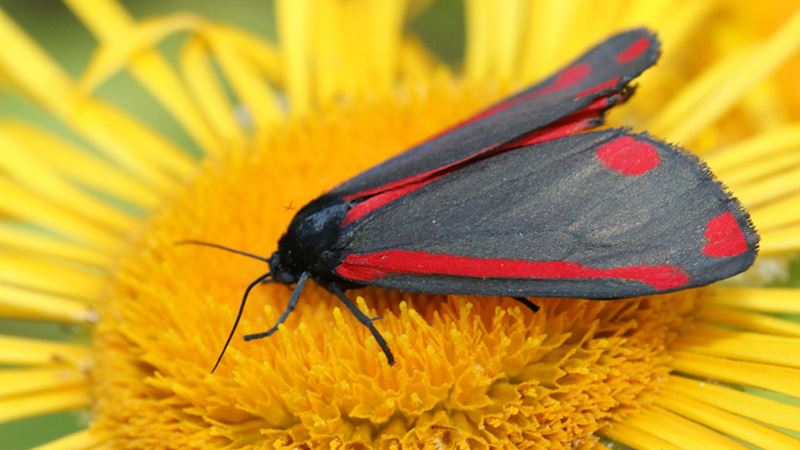
Cinnabar moths are fairly common but they are are in decline, in fact their numbers have dropped 83% in the last 35 years. This is likely because their food crop ragwort is treated as a weed and often exterminated.
Cinnabar moth larvae eats the common ragwort plant, but they are known to eat other caterpillars when their food source is low.
Cinnabar moths do not pose much of a threat to humans, but they do absorb toxicity from the ragworth they consume and can cause a rash if handled. Their food plant ragwort can be a risk to livestock, particularly when it is dried and mixed in with hay (grazing animals tend to avoid it while it is growing but can inadvertently eat it when mixed in with hay).
Cinnabar moth larvae pupate underground over winter so their lifespan will be just under a year. They emerge as adult moths in May to July and lay their eggs. Caterpillars emerge June-August, before spinning their cocoons in late summer.
It's unlikely you will need to do anything to get rid of them as most will not survive the caterpillar stage. Once in their cocoon underground they can become victims of moles. If you don't want cinnabar moth caterpillars in your garden or on your land the easiest thing is to control their food source, the common ragwort.
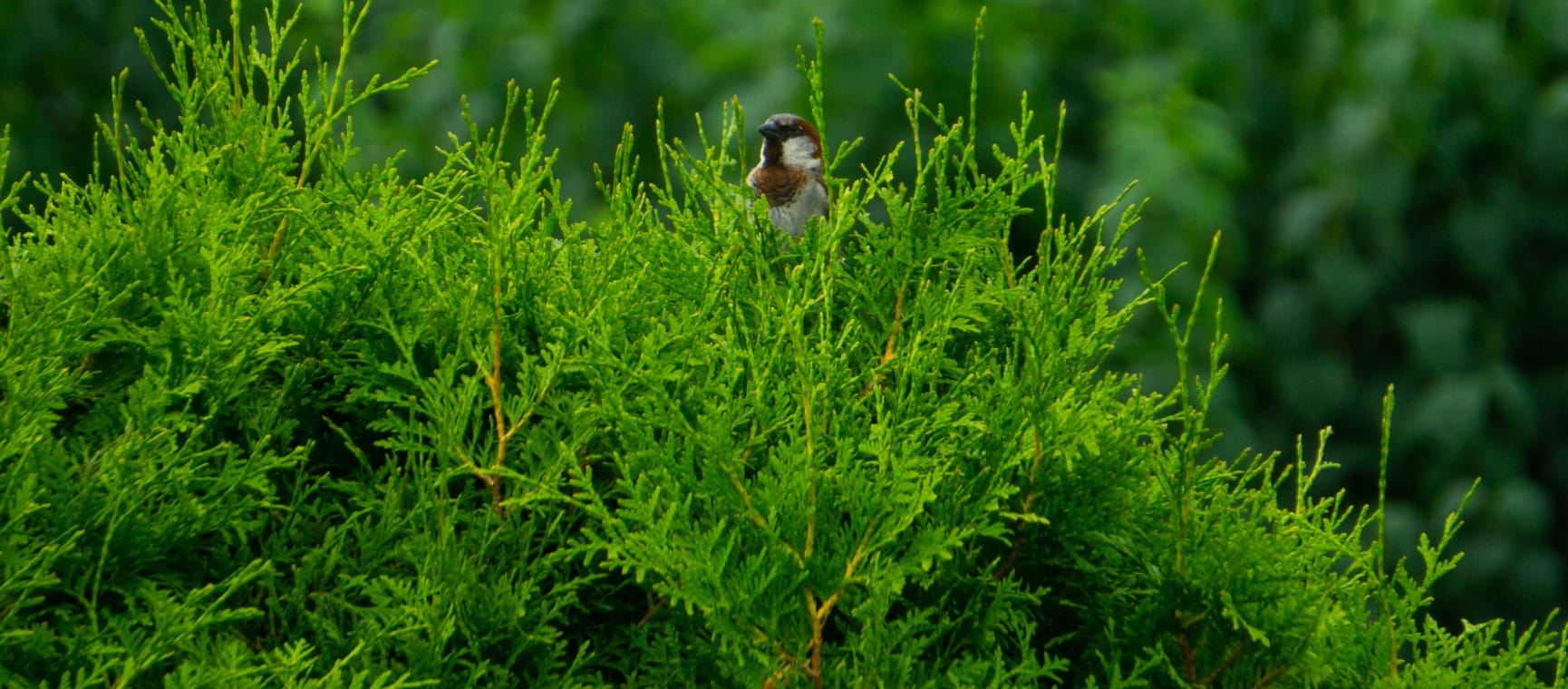
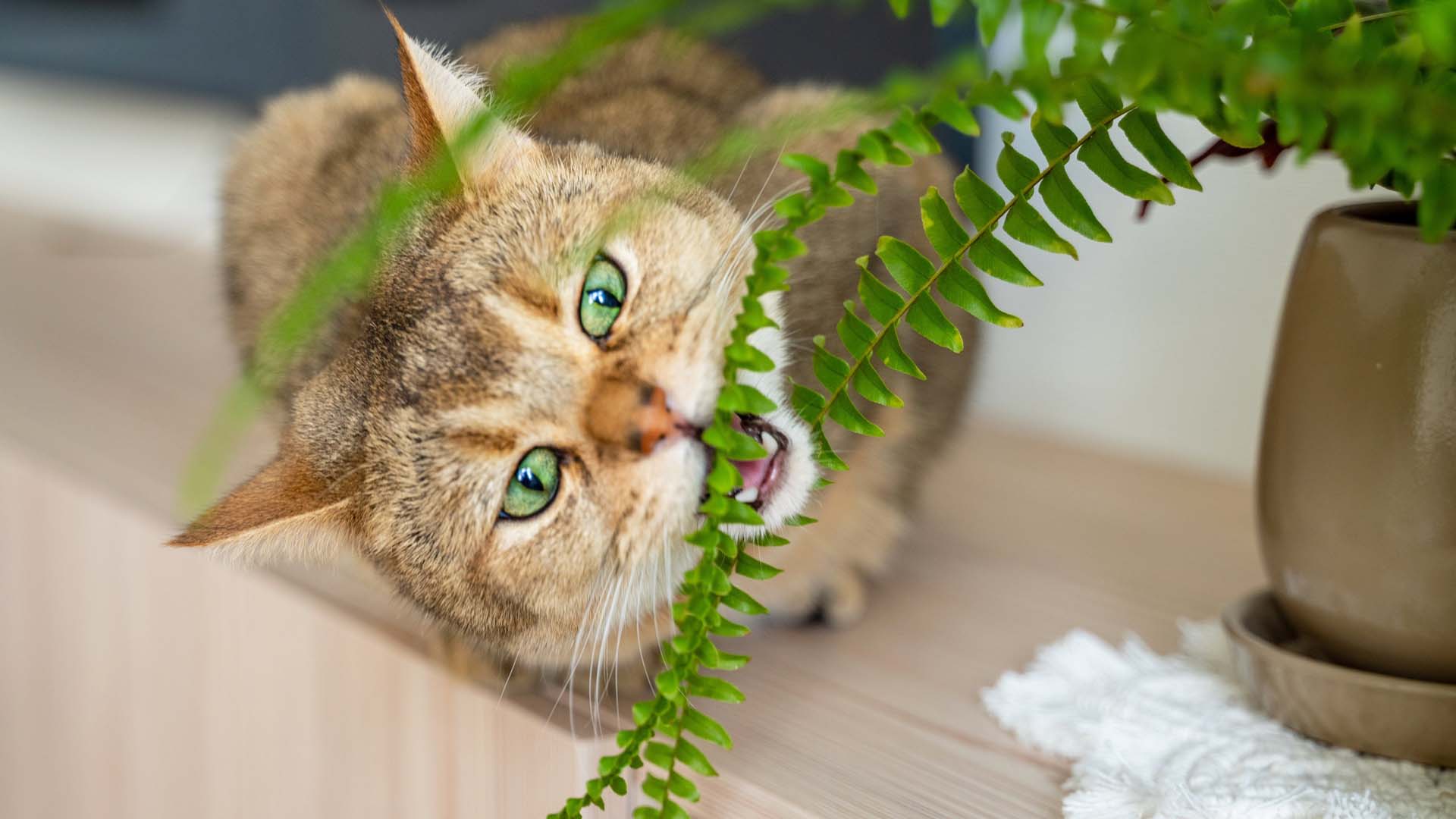
Pots at the ready – these safe houseplants for pets will help your house become tropical, not toxic.
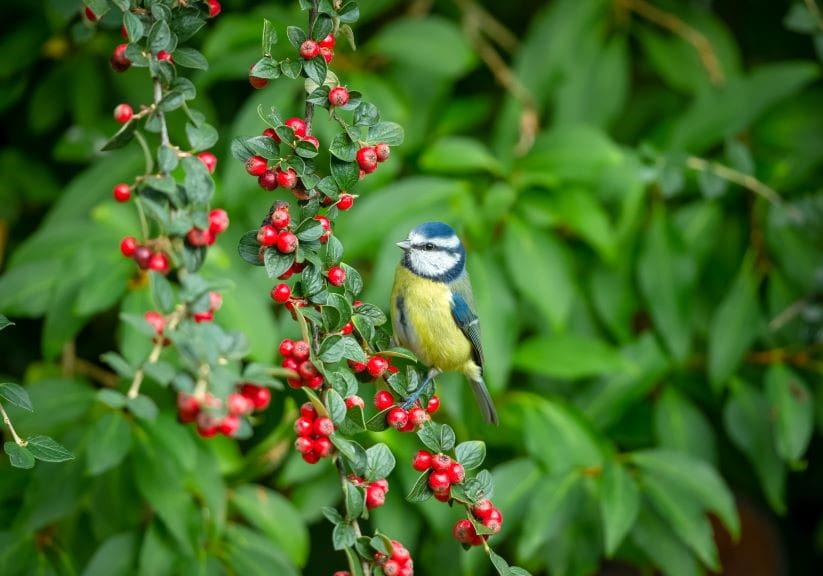

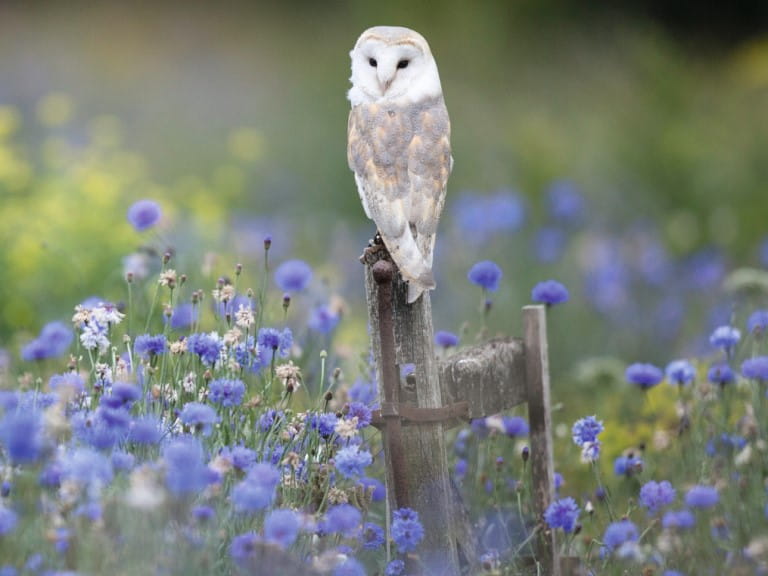
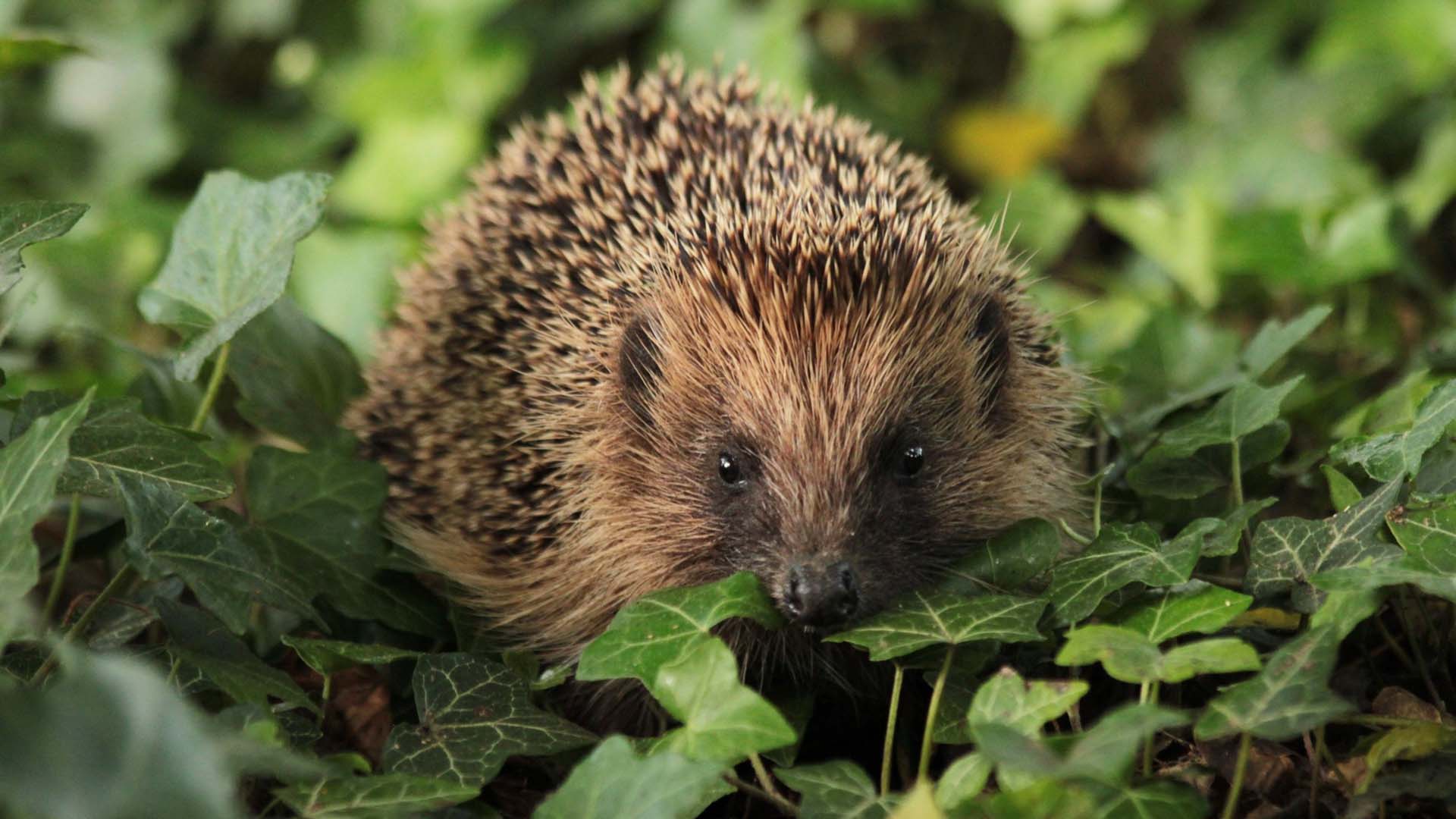


A former Highgrove gardener shares his advice. If they’re good enough for the royals, they’re good enough for us.
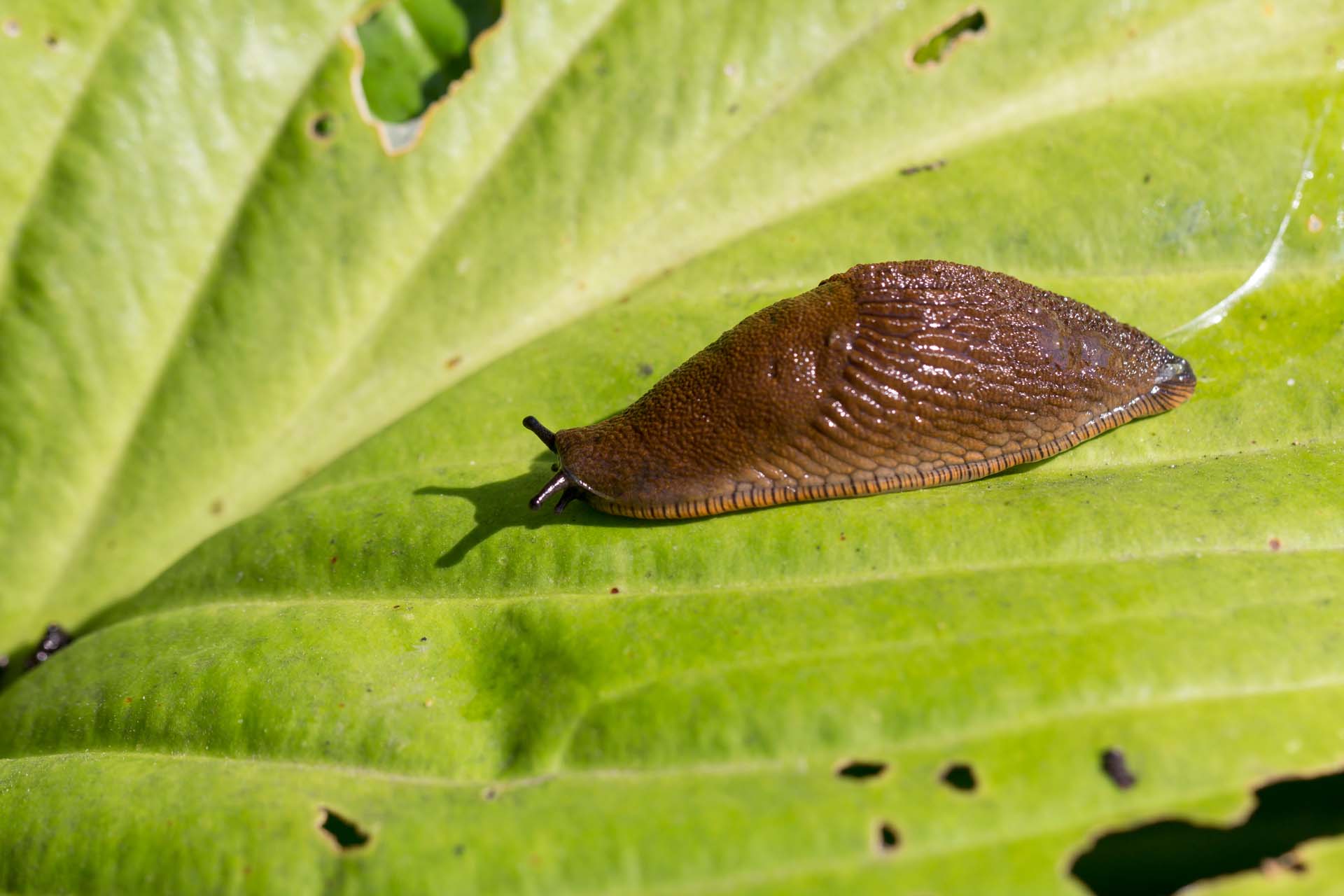

We aren’t the only ones to welcome warmer weather, wasps do too and they could be sharing your home. Find out how to identify a wasp nest and what to do about it
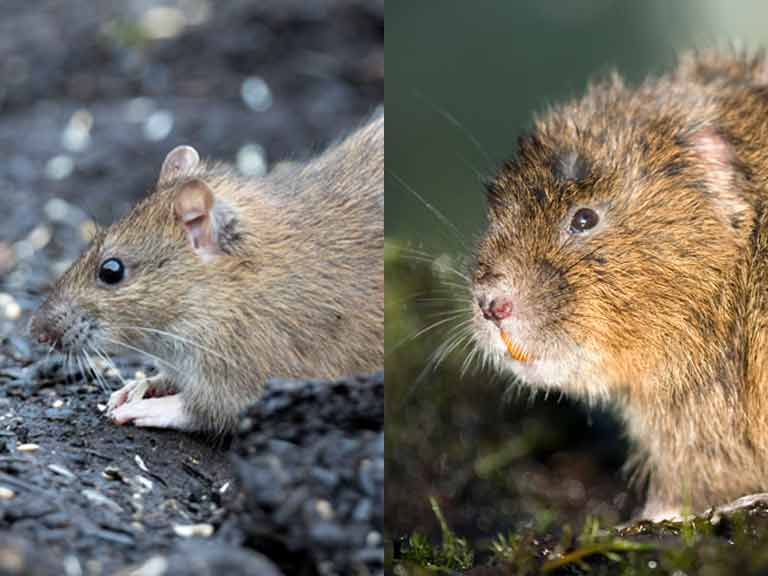
If you've seen a large brown rodent in your garden or swimming in your pond you might be wondering what it is. Wildlife expert David Chapman explains how to tell a water vole from a rat

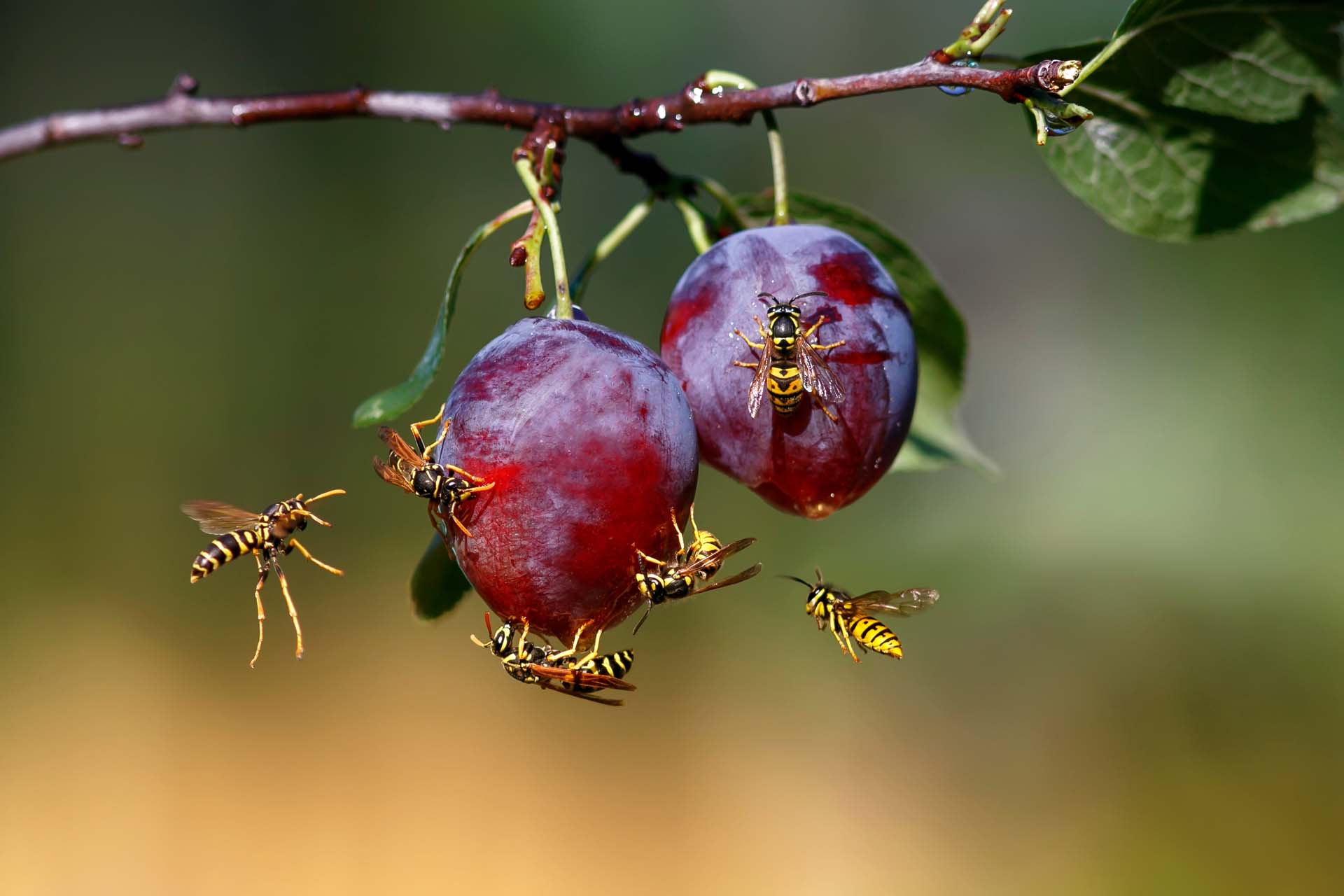
Blighted by buzzing? How to keep wasps out of your garden without harming them so you can enjoy the summer.
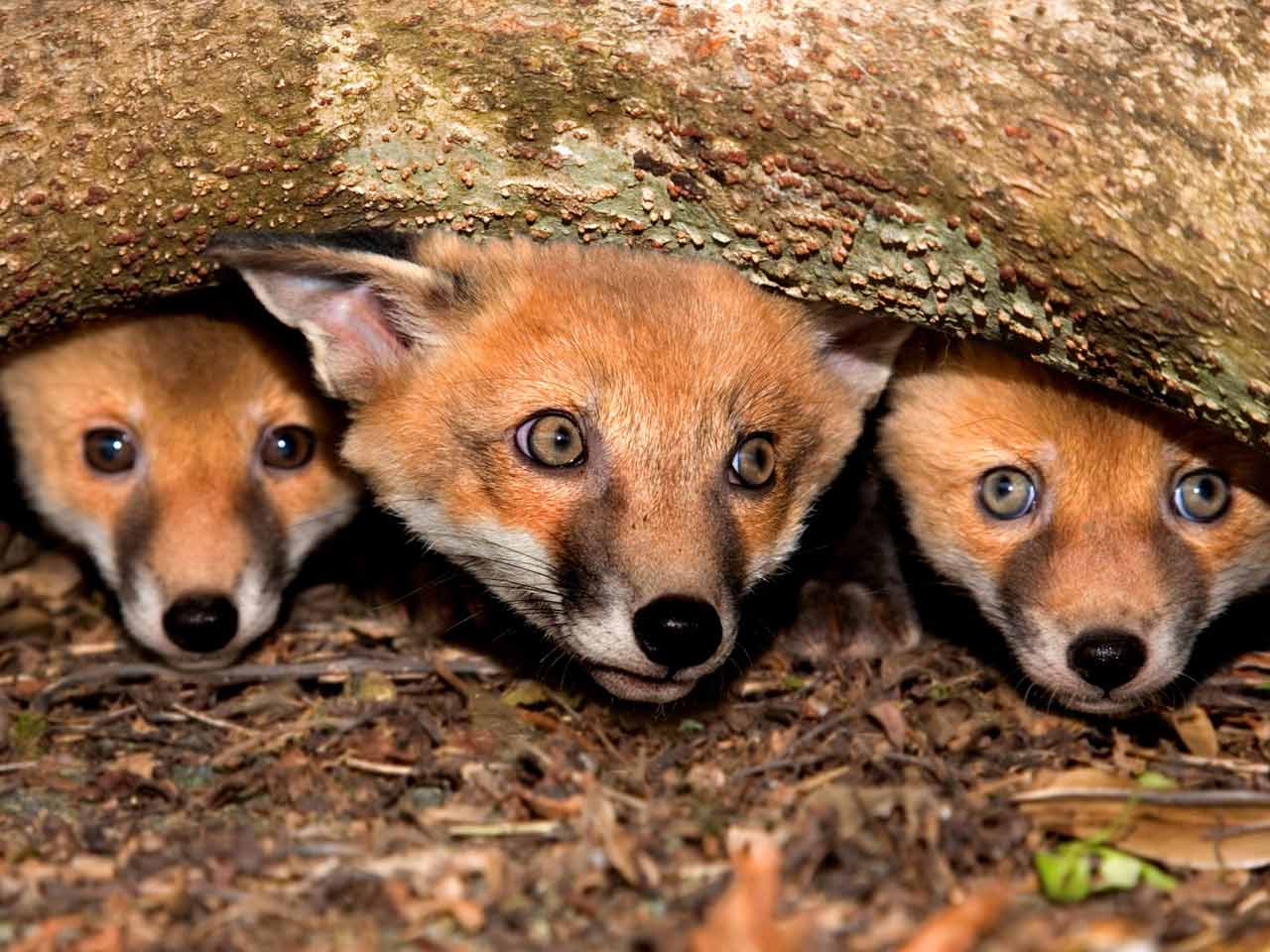
Many of us are living with foxes in our gardens - wildlife expert David Chapman explains what to feed them, how to spot illness and whether you can keep them away.
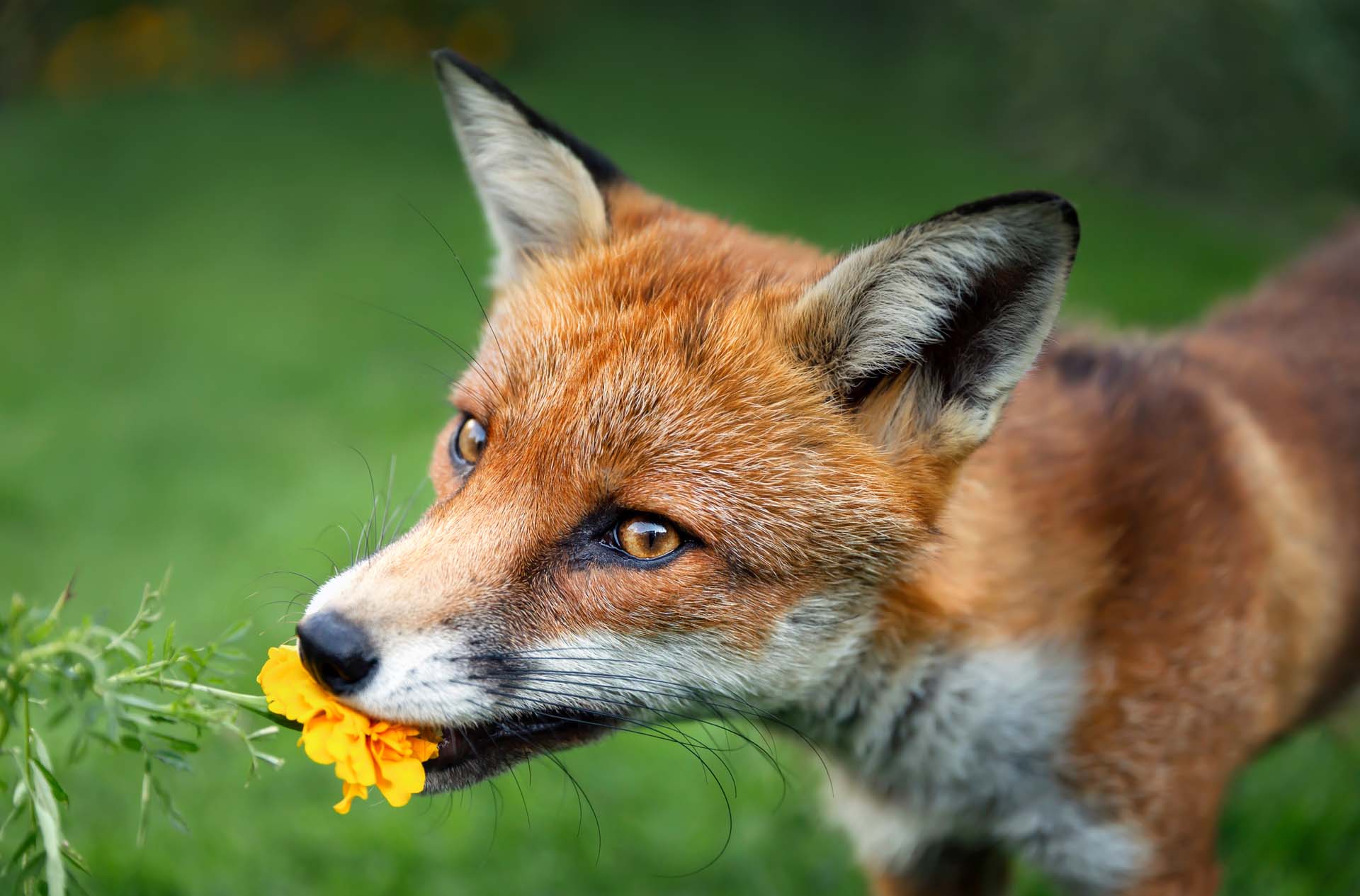
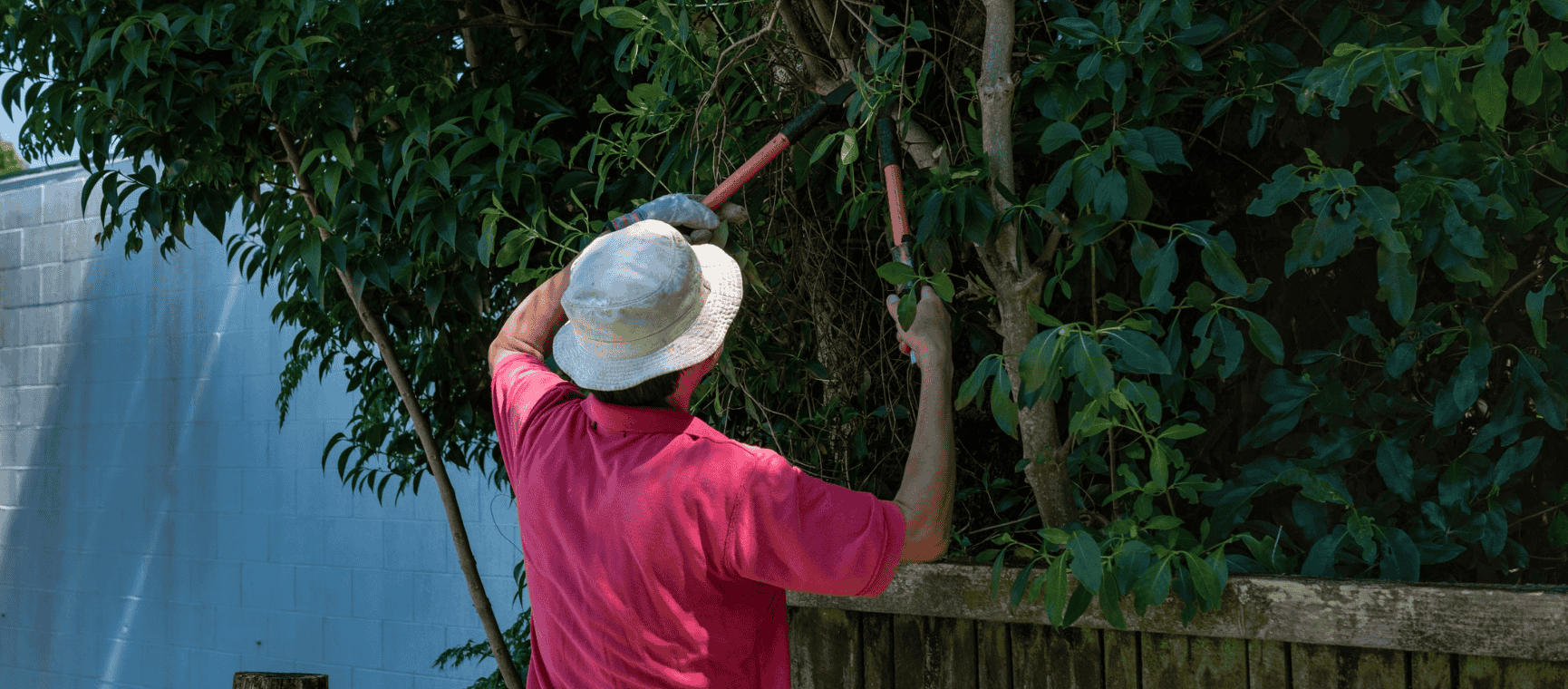
The ways you could be breaking the law in your back garden - with expert advice on how to avoid neighbour disputes, a fine or even a prosecution.